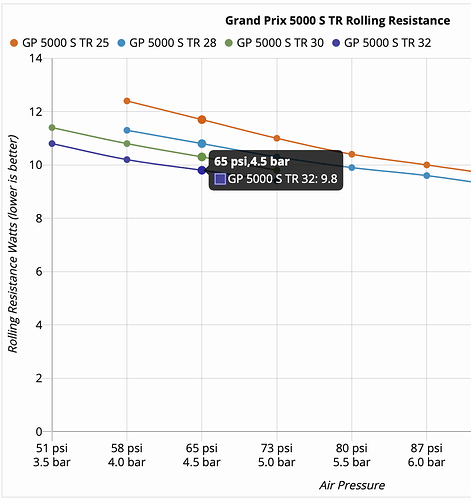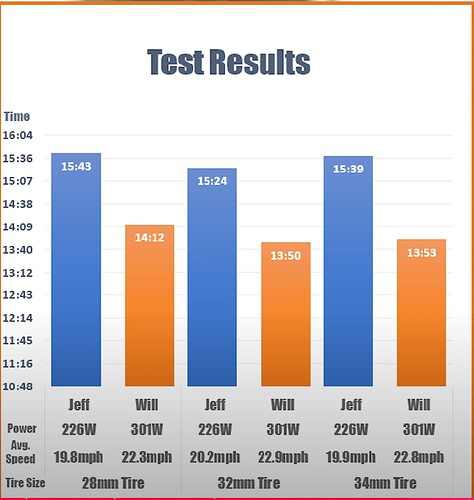This srsly has changed my life; my bike is insanely more comfortable, and safer.
My emergency braking distance has shrunk by 50 - 75%.
I’m a very sciencey person, and I’m deeply disappointed in myself that I’ve now been riding & racing seriously for 10 yrs, and didn’t know this: Pressure gauges on pumps are garbage. All of them. Even the “good brands.”
They are +/- 10 - 30% or more.
Also: We are riding our tires over - pressured, and it’s making us miserable !! ![]()
Again; so self - disappointed !
We would never crank the pressure on our car tires up to the max allowable on the sidewall; we go by the car’s pressure, on the doorframe.
Why the heck was I doing this w my bike; 95 - 105 PSI ?!?!
It really is pretty simple: We need tire pressure to protect the rim from damage, when it goes over bumps. Whatever compression force is created, we need a slightly greater pressure.
Anything above this is just making the tires harder, and harder, and harder, for no reason.
It’s highly dependent on the wgt of the rider & load. A 5 kg backpack / panier can make a huge difference in needed pressure.
I’m now running around 75 PSI !!! It’s insanely more comfortable; the vibration and bumps into my butt & hands are reduced massively.
My road contact patch has increased in size at least 2 - 4 x, and the grip and handling on smooth pavement in corners is insanely better, especially down hills. Emerg braking is way shorter.
Online calculators are available to calc your ideal tire pressure.
You need a pressure gauge that is excellent quality & accurate, and allows you to clip it on, and then release air slowly until you’re bang - on.
I will prob run 95 ish for race days, because my brain won’t let go of the idea that it’s 0.5% “faster”, but I know functionally it’s near zero, and the advantage in safety & comfort is way worth the trade off.



